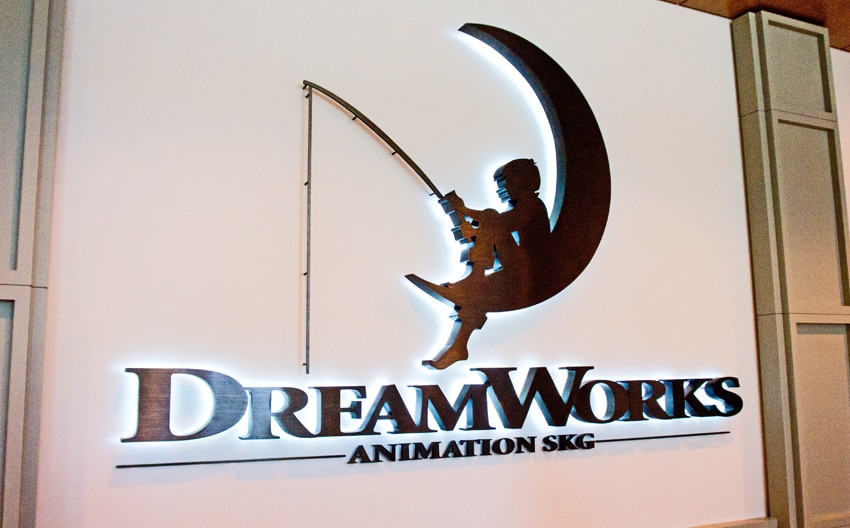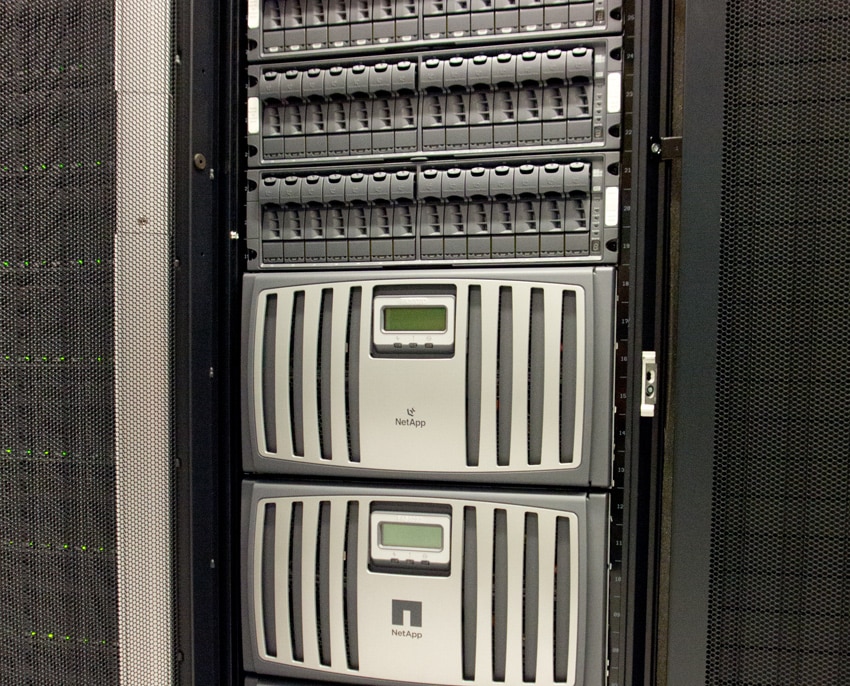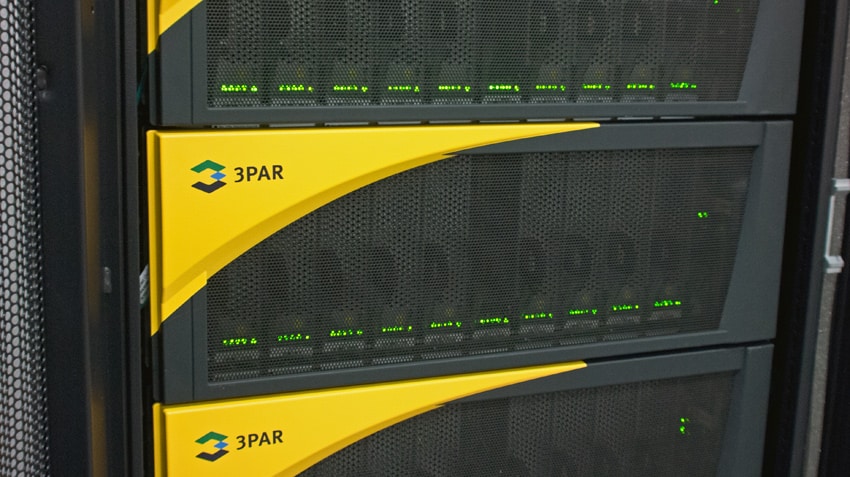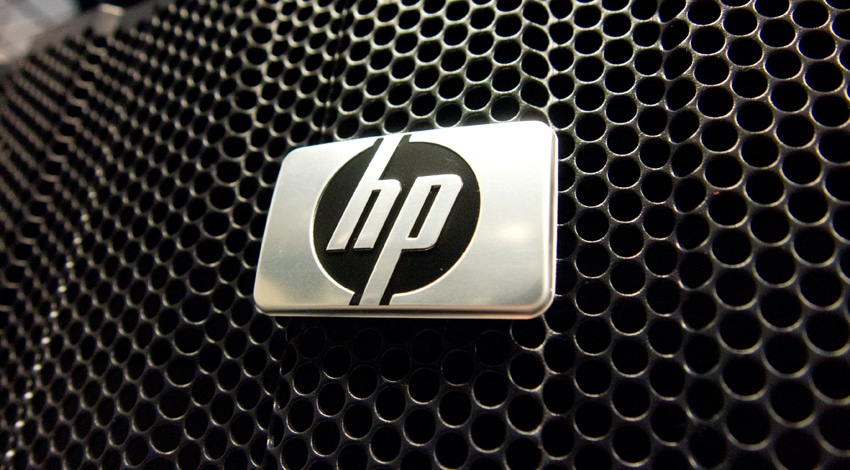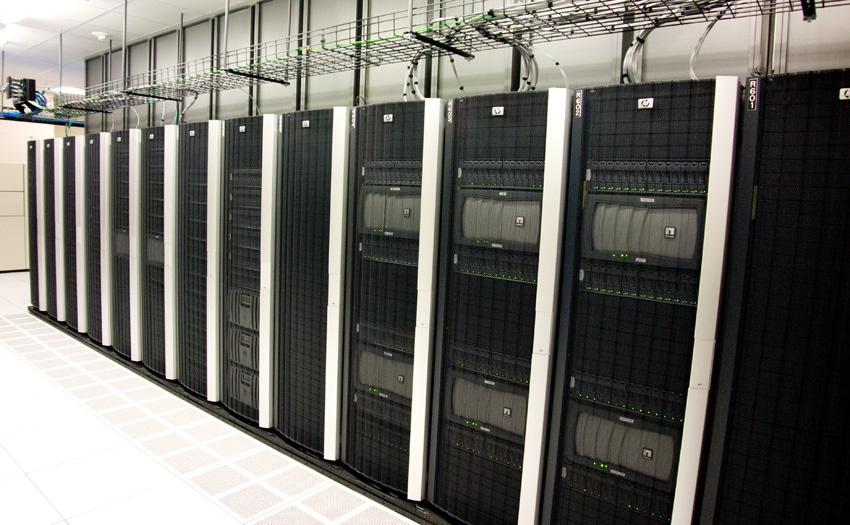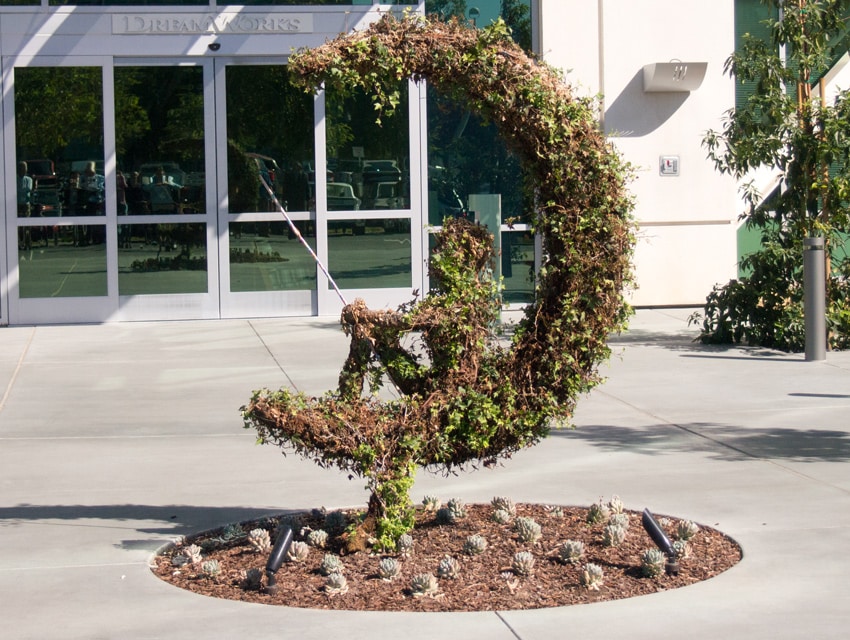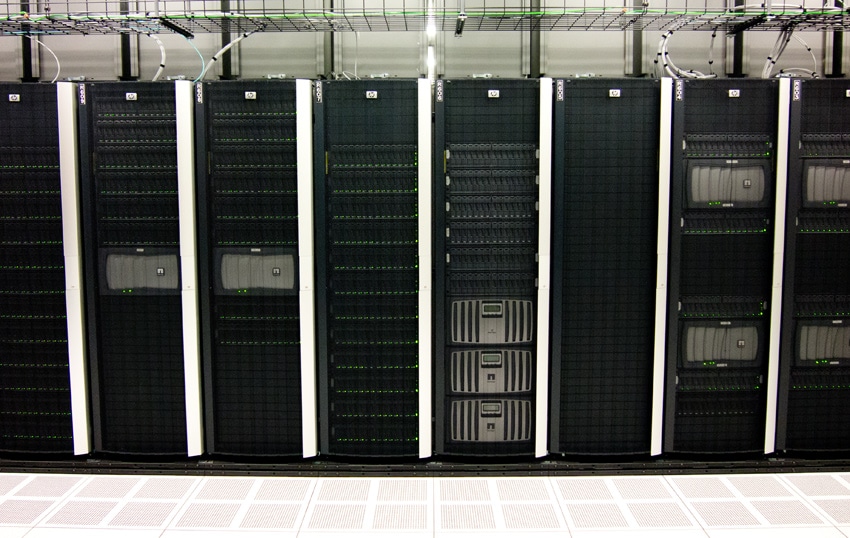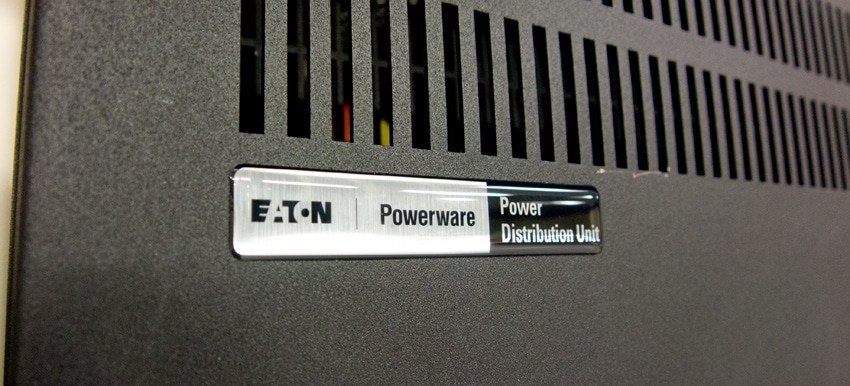
While at SNW Fall we were given an opportunity to tour the DreamWorks Animation data center in Redwood City, California. The entertainment field is a massive consumer of storage, with the animation field specifically having a special set of technology needs as a movie or TV show winds through a typical multi-year development cycle. Storage requirements for a new movie from DreamWorks Animation start out with scanned artwork or hand drawn artwork on tablets, scaling up all the way through to the final end product movie. Along the way though, every frame is handled by several artists and sound experts as DreamWorks strives to deliver their next blockbuster. Storage scales heavily as the show moves into production, then scale down almost as fast as data gets archived toward the end.
Here’s a rundown of the hardware it takes to bring 2-3 DreamWorks movies to life per year with 8-10 in production at any given time:
- Previsualization
- Scanned hand drawn artwork, or artwork created on input devices like Cintiq tablets
- Standard artist workstation – HP z800
- Data is stored in HP x9000 storage arrays or Netapp FAS level arrays
- Pre Production
- Data gets migrated to faster Netapp FAS storage arrays
- Transactional data is stored on 3PAR arrays
- Production users use HP z800 or HP z820 workstations
- Rendering Process
- Rendering is performed on some 3,000 HP C-Class server blades. Blades are reused from movie to movie and are made up of a variety of Sandy Bridge, Westmere and Nehalem systems
- Disaster recovery data is stored on HDS XP20000s and HP x9000s
- Production Release
- Data gets migrated to a series of deep stor HP x9000 series systems
- Archives are created and data gets off lined as needed
When all is said and done, DreamWorks doesn’t leave any stone unturned creating the best movies, release after release, for their customers. This includes frame-by-frame manipulation, which if you have a 24FPS feature film over 90 minutes means you work with an average of 120,000 frames per film. The technology that’s required for one film includes 300+ graphics workstations, 60+ million render hours, 17,000 cores used simultaneously, and upwards of 200+TB of disk space.
To maximize the capabilities of each of their datacenters, DreamWorks Animation has gone to great lengths to increase the capabilities and densities of their existing locations. In 1997, the average DWA datacenter had a density of 15 watts/sq foot with 1,500 cores, whereas in 2012 that number has increased to 250 watts/sq foot with 25,000 cores. Another change is the shift from managing 100% of their render infrastructure, which is now just 80% with the remaining 20% rendering happening in the cloud. This lets DreamWorks Animation remain dynamic and nimble during peak months and reduce operating costs when demands are lower.
Additional On-Site Images

